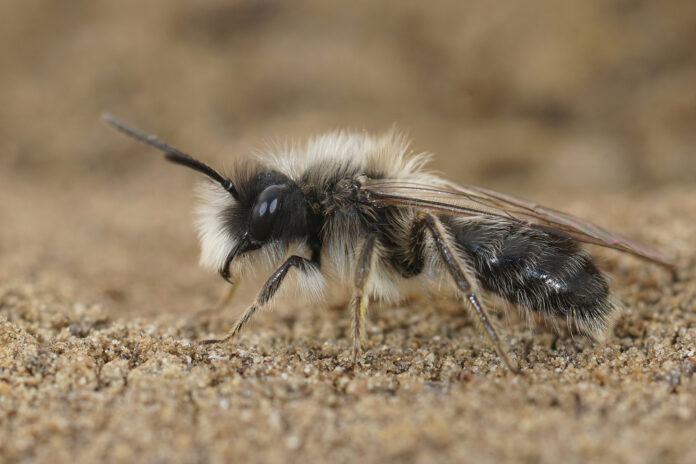Bees are fascinating and indispensable pollinators that play a key role in ecosystem dynamics. But while honey bees get most of the attention, there are a variety of other bee species that are often overlooked. In this article, we will focus on the world of wild bees, explore their diversity and understand their importance for nature and agriculture.
What are wild bees?
Wild bees are bee species that have not been domesticated and are therefore not kept in apiaries. In contrast to honey bees, which live in large colonies, many wild bee species are solitary or live in small colonies. There are thousands of species of wild bees around the world, with amazing diversity in size, color, lifestyle and behavior.
Biodiversity of wild bees
Wild bees can be divided into different categories, including ground bees, cavity bees, wood bees, mason bees and many more. Some known species are:
1. red-furred sand bee (Andrena haemorrhoa): This conspicuous bee is often found in gardens and parks and plays an important role in the pollination of fruit trees and flowering plants.
2. woolly bee (Anthidium manicatum): The wool bee is known for its behavior of collecting hair from leaves or flowers to line its nest cavities. It is an efficient pollinator of various plant species.
3. mason bee (Osmia bicornis): This solitary bee likes to nest in natural cavities or artificial nesting aids and is an important pollinator of fruit trees, berry bushes and flowering plants.
The importance of wild bees
Wild bees play a crucial role in the pollination of wild plants, crops and ornamental plants. They contribute to the preservation of biodiversity by helping plants to reproduce and thus securing the food supply for many animals. In addition, they are often more efficient pollinators than honey bees, as they specialize in specific plant species and do not usually travel long distances.
Dangers for wild bees
Despite their ecological importance, wild bee populations are exposed to many threats. The loss of habitats due to intensive agriculture, the use of pesticides, climate change and diseases affect the living conditions of many wild bee species. The decline in wild bee populations has a serious impact on ecosystems and agricultural production.
Protective measures for wild bees
There are various ways to protect wild bees and preserve their habitats:
– Creation of flower strips and wildflower meadows
– Provision of nesting aids and shelters
– Reducing the use of pesticides
– Promotion of agroforestry systems and biodiversity-promoting agricultural practices
Wild bees are a fascinating and diverse group of pollinators that play a crucial role in the ecosystem. Their protection is essential for preserving biodiversity and ensuring food production. Through targeted measures and an increased awareness of their importance, we can help to ensure that the world of wild bees continues to flourish.
Sources:
– “Wild bees” – NABU: https://www.nabu.de/tiere-und-pflanzen/insekten-und-spinnen/hautfluegler/bienen/index.html
– “Wild bees – the unknown pollinators” – BUND: https://www.bund.net/themen/tiere-pflanzen/wildbienen/
– “Why wild bees are so important for crop pollination” – The Conversation: https://theconversation.com/why-wild-bees-are-so-important-for-crop-pollination-101587



